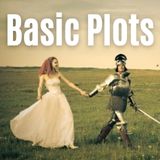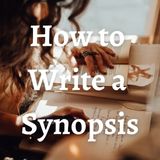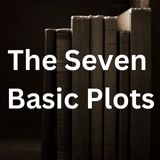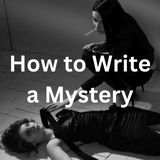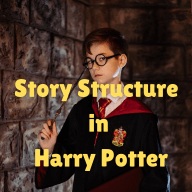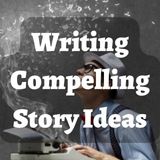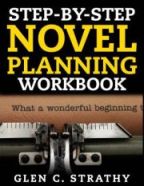Technique for Writing Short Stories
by D.C.
(Utah)
Question: What is the best technique for writing short stories? I am never able to squish enough information into a short story to make it feel complete and interesting. Either it feels like a rushed novel, or a watered down scenario. If you know what I mean. I'm really trying to master this form of writing but it's really difficult.
Answer: Obviously, in a short story you have only limited space in which to convey something meaningful. Yet you must convey something meaningful - and that usually implies an event, a change that someone experiences, after which things are never the same.
You're quite correct that the trick is knowing where to place the limits, so that the reader doesn't feel you're trying to tell too much too briefly or leaving out too much.
Obviously, you may have to omit subplots and probably stick to one point of view character. You may need to do less worldbuilding than you would in a novel. But let's also look at how you might condense the plot...
Every story needs to show an event -- a significant change.
In a full-length story, the change is made up of a series of smaller events. The series it may be divided into four acts. An act contains a signpost or part of each of the four throughlines. And each signpost may be divided into a number of events.
In a short story, if you want explore all four throughlines, you can't explore them in the same depth. If you try to do that, you might have to reduce each signpost to a single event rather than a sequence. And even then it might be a struggle to cram them all in. (This may result in a superficial treatment.)
Perhaps instead of telling a big story about how the world changed -- one that involves many characters and a long series of events, you might
For instance, maybe you just focus on the overall or external story. Or (more likely) just the overall and main character throughlines.
Some short stories are all about the impact character throughline. They consist of the main character telling the reader about a remarkable person they met who offered them a unique way of behaving in the world.
Or you might make the short story just about a relationship -- how the relationship between two characters changed over time.
Alternatively, you might restrict yourself to describing just one significant event in a character's life. One important event that happened one day.
You might only give the equivalent of what would appear in act 3 of a full-length work. Cut straight to the crisis and explain only what's needed for the reader to understand what is happening. This only work if you divide each of the signposts in this act (one per throughline) into its own beginning, complication, crisis, and resolution, so there is a complete story arc. The only difference is that the resolution will feel more like an ending rather than something that propels the reader into the final act.
What you must do is give the short story a complete dramatic arc, consisting of...
setup --> complication --> crisis --> resolution
If you're just showing one scene, make sure that scene is about a change that follows that structure.
If you're showing one throughline, make sure that throughline has a complete arc.
Don't just show two or three of the four parts. Make sure something happens.
Make sure every story arc you tell has all four parts or leave it out entirely.
At the same time, don't try to squeeze so much in that you have to resort to all telling and no showing. It's the showing that gives the reader a rich experience.
- Home
- Writing Questions
- Technique for Writing Short Stories

